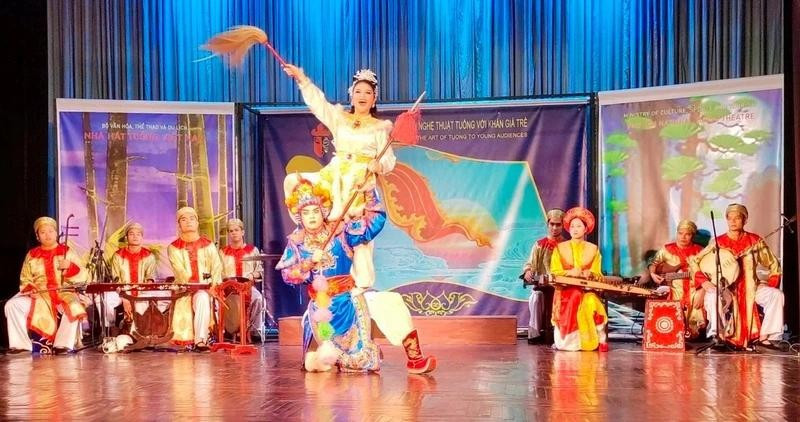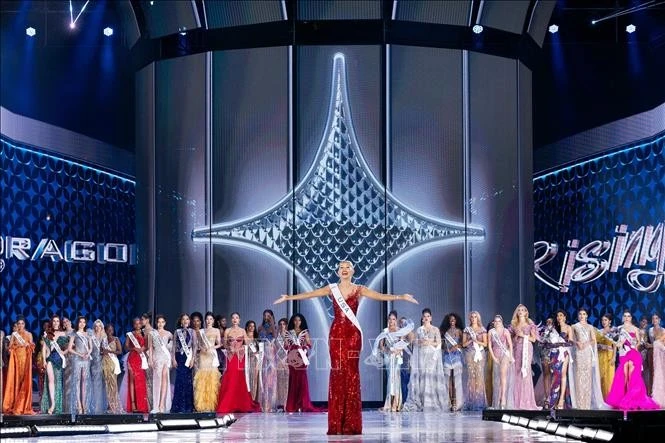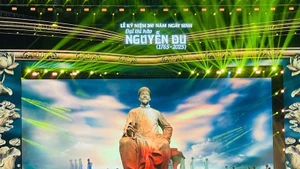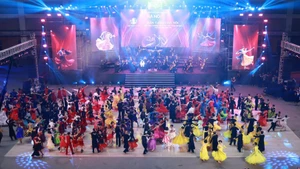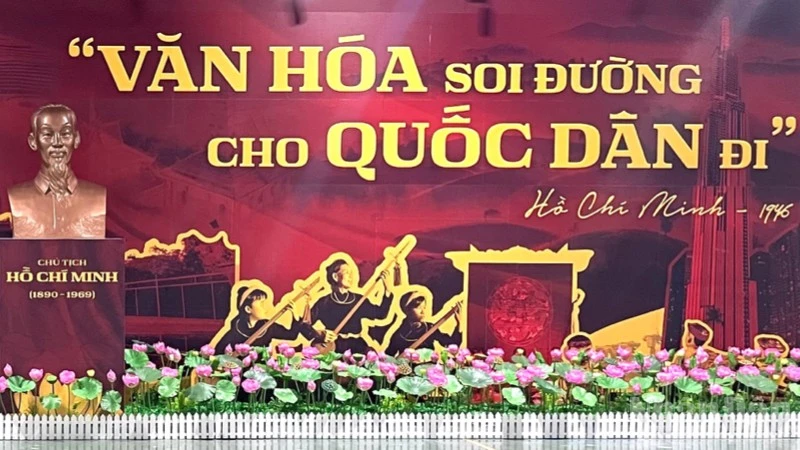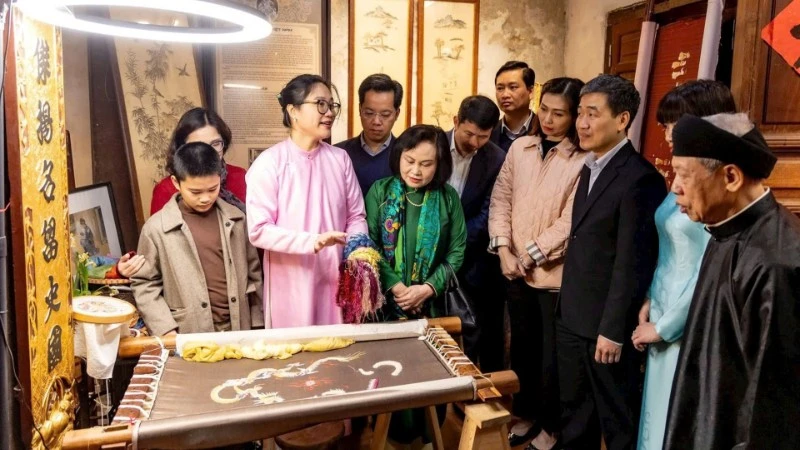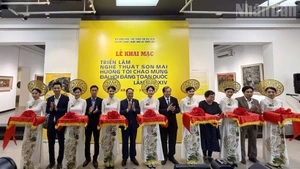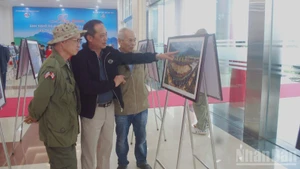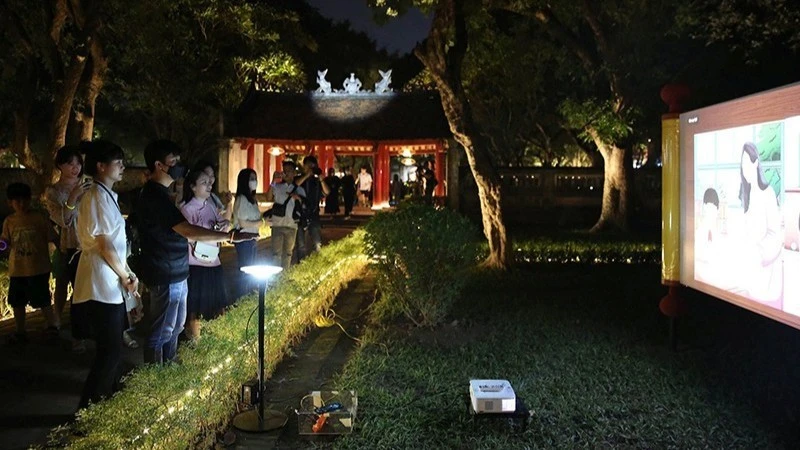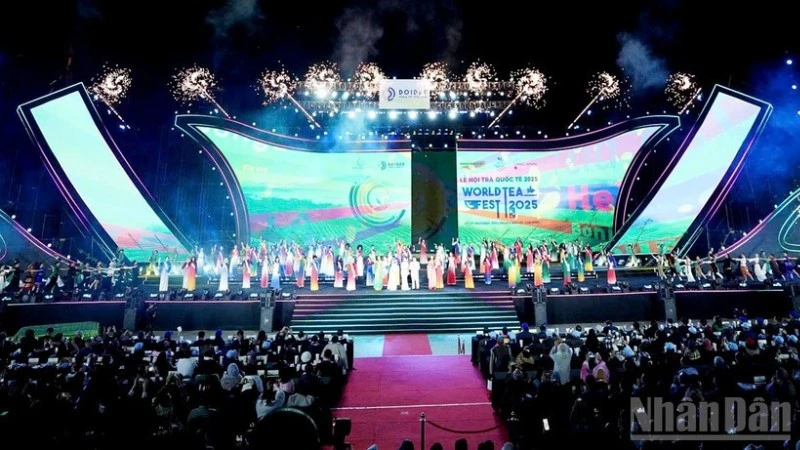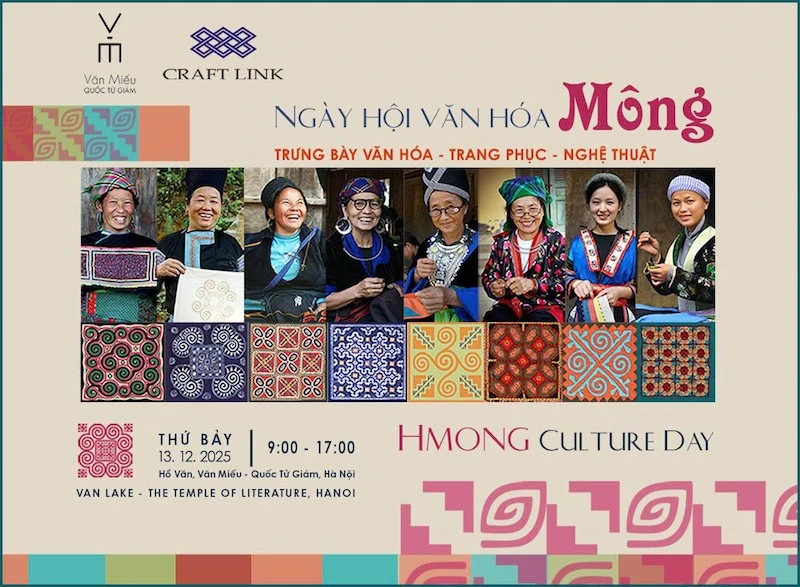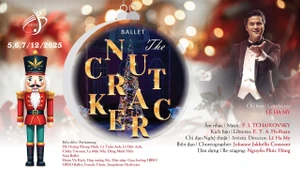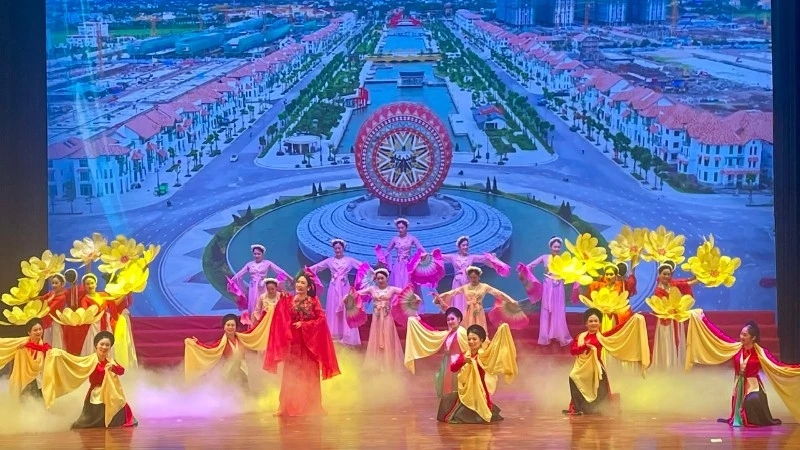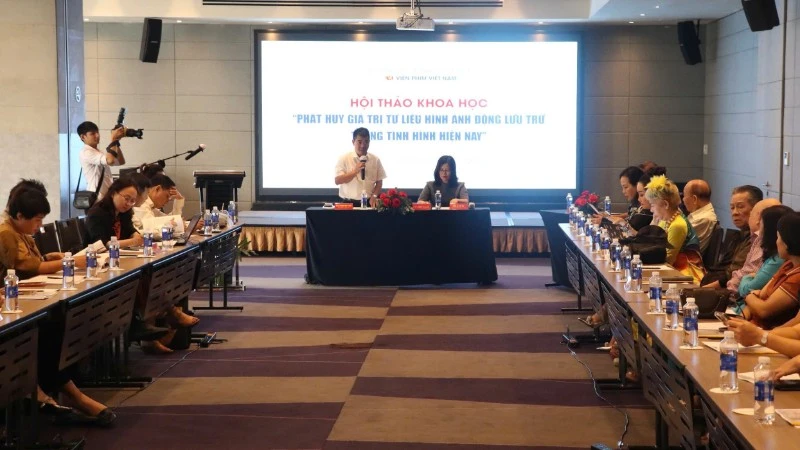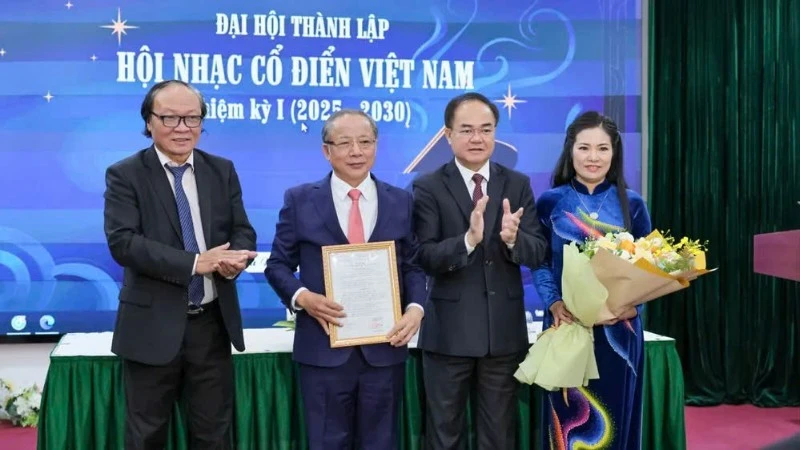Traditional arts encompass theatre, music, dance, and visual arts. Each field includes distinct genres: theatre features tuong, cheo, cai luong, and puppetry; dance includes folk, court, and ritual dances; music comprises ca tru, hat xoan, bai choi, quan ho, court music (nha nhac), hat van, xam, among others. Each traditional art form has unique characteristics, requiring tailored preservation methods to avoid the risk of being lost.
In traditional theatre and music, training new generations of artists still relies on direct transmission. Many masters and artists of xam, cheo, tuong, cai luong—considered “living human treasures”, have passed away, leaving a significant gap in nurturing young talent.
Recognising this reality, several traditional art institutions have proactively applied technology to preserve invaluable data. The Viet Nam Cheo Theatre, Viet Nam Tuong Theatre, Viet Nam Cai Luong Theatre, and the Viet Nam National Puppetry Theatre have successfully established “online theatres” and regularly perform online for audiences weekly.
Numerous classic plays and excerpts have been broadcast to millions of viewers via digital platforms, preserving and spreading the beauty of traditional stage arts both at home and abroad, reigniting passion for traditional art among younger generations.
The Viet Nam Cheo Theatre has produced and digitised archives of dozens of exemplary cheo performances, including Quan Am Thi Kinh, Luu Binh Duong Le, Tu Thuc, Nang Thiet The, Truong Vien, and more.
Not only institutions but also dedicated individuals have actively contributed. Veteran cai luong artists like Thanh Thanh Tam and Bach Tuyet have, for years, diligently recorded their performance experiences, acting techniques, and outstanding excerpts, uploading them online to promote and share the beauty of cai luong with broader audiences.
In addition, some local governments, organisations, and individuals have also joined hands. The People's Committee of Ninh Binh Province has approved the project “Preserving and promoting cheo art in the province during 2024–2027”, aiming to digitise cheo art data as a foundation for heritage promotion and sustainable tourism development.
In Bac Lieu, Youth Union branches at all levels have worked together to preserve traditional arts by collecting and recording folk performances, traditional dances, and ancient folk songs. The standard version of Da Co Hoai Lang and 20 Don Ca Tai Tu pieces have been researched, digitised and published online by young people. This data system is categorised, managed, and verified to ensure accuracy and serves as an accessible archive for those interested in local traditional arts.
A well-known project using technology to create an online museum of Vietnamese traditional stage and folk performance arts is Truong Ca Kich Vien, initiated by a group of tech-savvy young people in Ha Noi. Launched in 2020, the project has digitised valuable information on traditional performing arts such as water puppetry, cheo, tuong, cai luong, xam, quan ho, and chau van. Truong Ca Kich Vien’s online exhibitions have attracted a large number of visitors.
Although there have been promising developments, in reality, the use of technology to preserve and promote traditional arts remains fragmented and spontaneous among various units, organisations, and individuals. A comprehensive and standardised data system on traditional arts urgently requires determined involvement from the cultural sector.
For many years, preserving cultural and artistic documentation has not been prioritised, leading to the loss and degradation of intangible heritage. Therefore, materials on traditional arts must be thoroughly evaluated and standardised by leading experts and researchers to ensure scientific accuracy and compiled into a centralised data repository under State management.
Art institutions, local authorities, organisations, and individuals can contribute to enriching a national digital museum of traditional arts. This would allow easy public access, enabling exploration and practice of traditional arts.
Such a resource would be fundamental for experts to design training curricula for artists in traditional art forms, gradually addressing the current shortage of students and successors in traditional art institutions.
Preserving and standardising data on traditional arts is an urgent requirement in today’s digital age. Only then can traditional arts truly become a sustainable foundation for developing cultural industries, transforming cultural values into products that serve the people’s spiritual lives and contribute to national prosperity.
